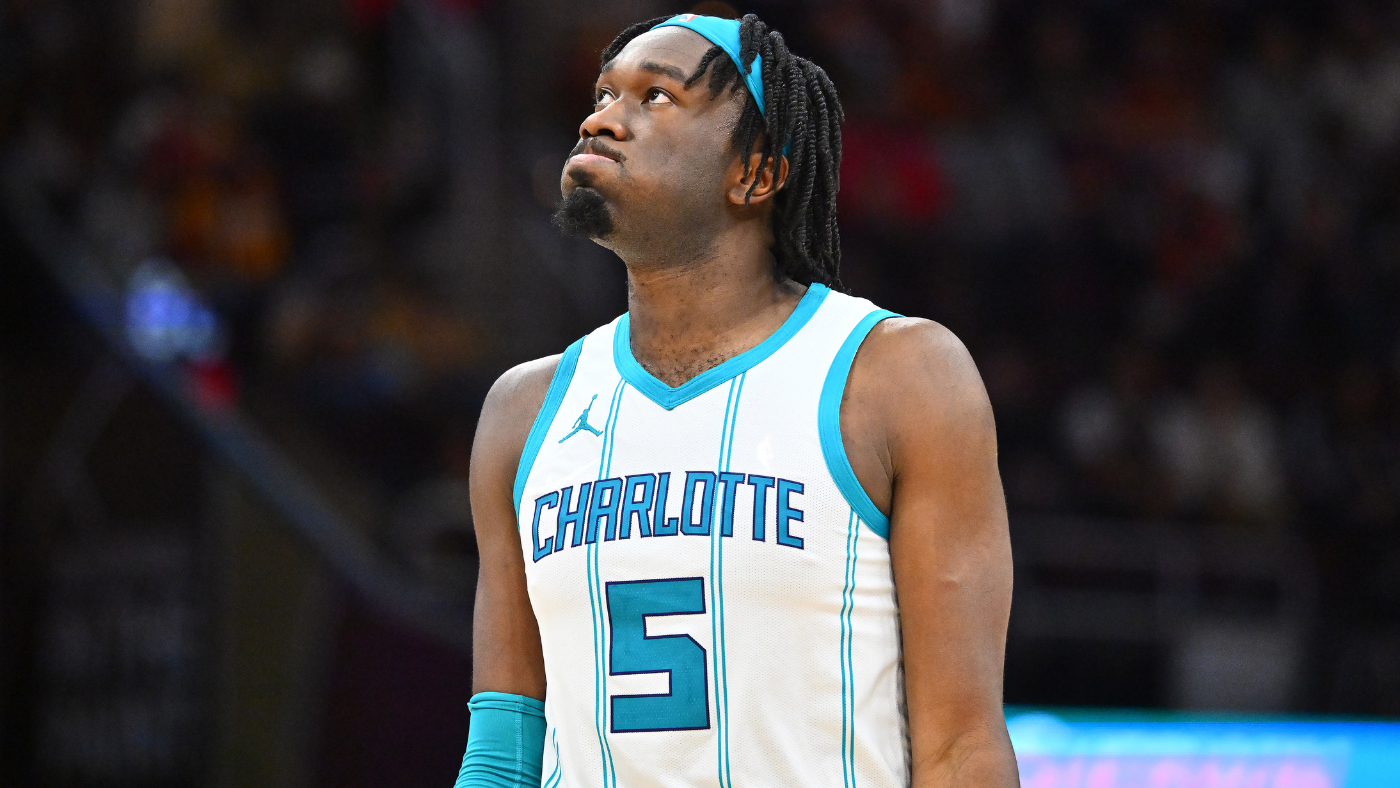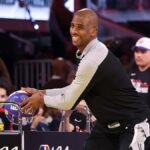
The Mark Williams trade saga has been one of the more bizarre storylines of the 2025 NBA trade deadline. On the Wednesday before the deadline, the Lakers agreed to send Dalton Knecht, Cam Reddish, a first-round pick and a first-round swap to the Hornets for Williams, one of the most promising young centers in the NBA.
The only problem? When their doctors examined Williams, who has missed more games than he has played in the NBA, they did not like what they found. They ultimately elected not to pass Williams in his physical, so the Lakers rescinded the trade. The Hornets, reportedly, were not happy about that and looked into ways of challenging the decision.
So where do we stand now, a week after the initial decision made by the Lakers to axe the deal? According to NBA commissioner Adam Silver, the Hornets have not filed any sort of official protest against the Lakers for their decision. Knecht has already played another game for the Lakers, so the thought that the trade might ultimately be forced through appears highly unlikely. Silver’s further comments, though, suggest that the league could look into updating its rules regarding physicals in trades moving forward.
“The larger issue reflected in your question, in this day and age in sports science, is there a different standard of sorts that we should be applying in terms of players passing physicals in trades. It’s something we should look at as a league,” Silver said in San Francisco Saturday. “I will say this issue does not come up that often. I can’t even remember, certainly I don’t think in my tenure, there has ever been a challenge because a player has failed a physical. But almost by definition, you get into a certain level of subjectivity in where that standard is. But let’s see what Charlotte decides to do here, but I think either way, it’s gotten our attention.
“We understand that in the back and forth in teams and trades, to the extent that we can reduce uncertainty, that’s a positive thing. I mentioned before that, for players who are involved in trades, how disruptive it can be. I’m sure it’s equally as disruptive to think you had been traded and not to have been traded. Disruptive for the player, disruptive for their teammates. So we’ll look at it. I’d say that’s one of those areas when it comes to health and well-being of our players, medical science, there have been incredible developments. This is a rule, as interpreted now, that hasn’t changed for many decades at the league office.”
Failed physicals do happen in the NBA. The Oklahoma City Thunder famously failed Tyson Chandler’s physical in a 2009 deal, and the Detroit Pistons did the same to Donatas Motiejunas years later. There is no uniform standard that team doctors need to live up to in order to kill a trade. As Silver noted, these assessments are subjective. Even if an injury is disclosed ahead of time, its severity or the risks associated with it can only be fairly evaluated by medical professionals, not the league office or team executives. It would therefore be difficult for the league to attempt to make any sort of change that might prevent something like this from happening moving forward, but as Silver acknowledged, it is something that the NBA will at least consider if a viable option is available.





